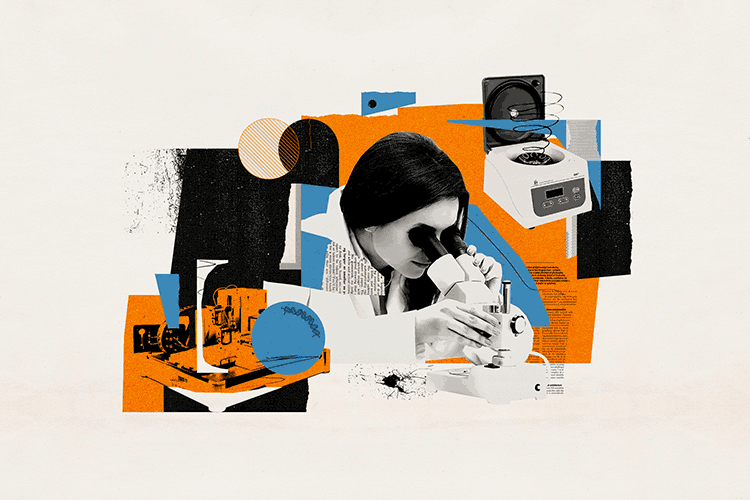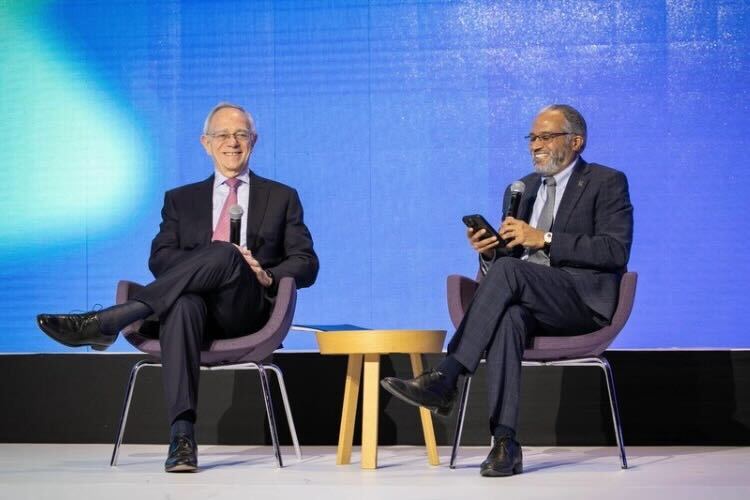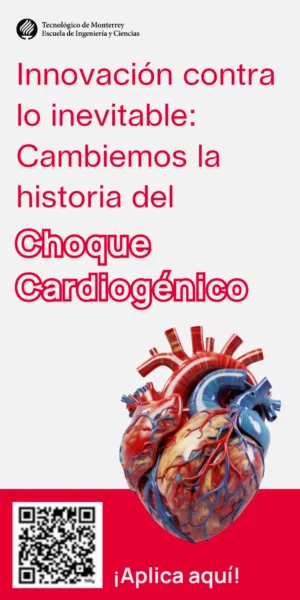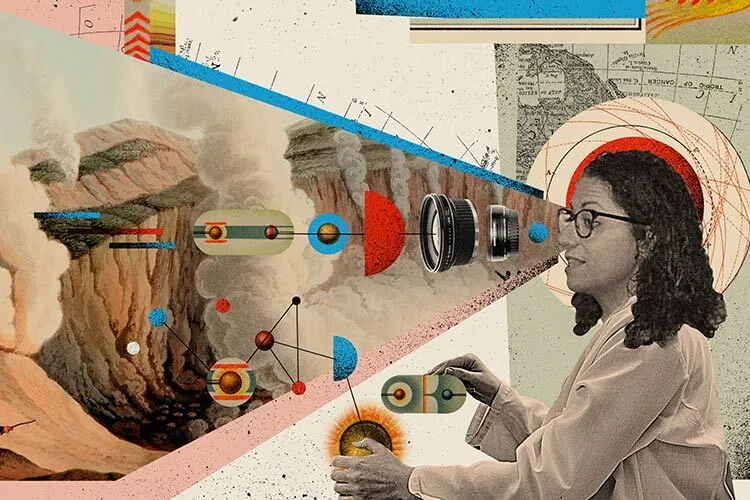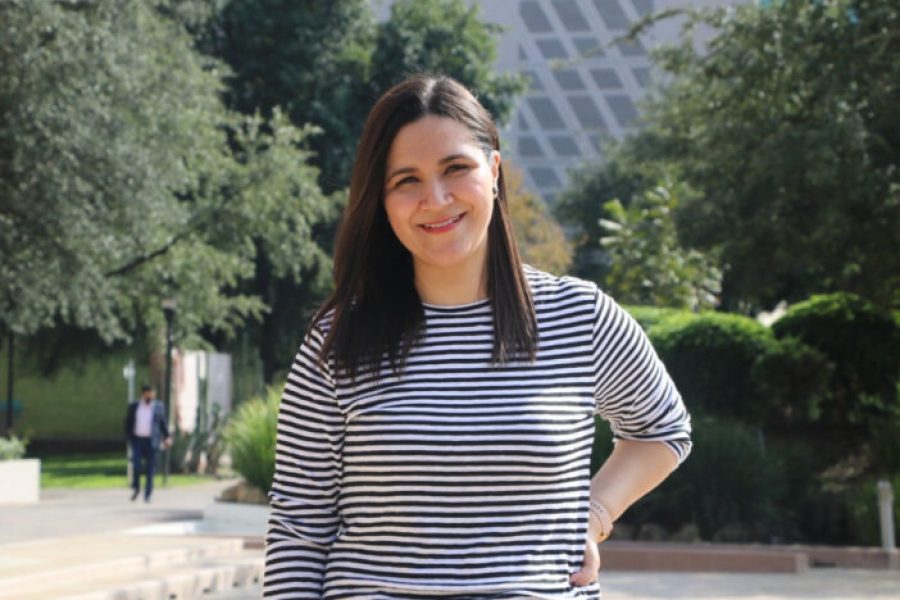The infrastructure that is needed to develop high-impact scientific research is scarce in Latin America. This is why, on many occasions, Latin American researchers must resort to foreign institutions that have the capacity to process their samples or data. This is what the Core Labs from Tecnológico de Monterrey seek to solve.
What is a core lab?
These are a series of spaces that bring together cutting-edge equipment, machines, facilities and materials, as well as highly specialized researchers on a particular topic. The idea is to create interdisciplinary places that have the necessary resources so that those who seek to do scientific research or innovation but do not have what they need to do so, can go there and develop their projects. These laboratories are not exclusive to Tec researchers, they are also open to researchers from other institutions as well as to the industry.
In addition to having all the infrastructure needed, it is also intended that those who want to do high-impact scientific research can go to the Core Labs and get advice, where they would be given practical advice to develop their projects, a consultancy −in which the project would be built together with the corresponding Core Lab−, or develop your project in its entirety there.
“These are places with highly specialized infrastructure, both in terms of physical equipment and human capital,” explains Neil Hernández-Gress, who heads the Research Department at Tec de Monterrey and supervises the Core Labs, in an interview with TecScience.
These spaces are part of the institution’s vision of investing in scientific research and technological innovation.
The Core Labs of Tec de Monterrey
Currently, Tec de Monterrey has four of these labs, all in different stages of development: the one in Genomics, the one in Preclinical Research, the one in Data Science and the one in Additive Manufacturing.
The first two had been operating under a similar scheme for a few years, but around eight months ago “we gave them a boost −in terms of equipment and machinery− and we simply turned them into Core Labs,” says Hernández-Gress.
At the Genomics Core Lab, the intention is to have the infrastructure necessary to conduct massive genomic sequencing at an affordable price. Whoever requires it for their research can attend the site, process their DNA samples and complete the results they require to develop their genomics projects. It is directed by Alejandra Chávez Santoscoy, research professor at the School of Engineering and Sciences from Tec de Monterrey.
In the Preclinical Research Core Lab, they have the resources needed to test the safety and efficacy of a new drug, food or product designed for human consumption, before clinical trials begin. It is directed by Noemí García Ramírez, research professor at the Institute for Obesity Research.
The two Core Labs that follow are newer and are still in a stage of adjustments and planning.
In the Data Science Core Lab, the plan is to have computing equipment with great capacity and performance, that will allow data analysis of medium and large dimensions, as well as the use of artificial intelligence for research projects.
Also, they are investing in software, specialized programs and space in the cloud, so that researchers who work with very large volumes of information can process and store their data.
It is directed by Juan Arturo Nolazco, a research professor at the School of Engineering and Sciences. “For me it is a very high responsibility to lead it, I want it to really support scientists to make their research more efficient,” Nolazco said in an interview with TecScience.
The Additive Manufacturing Core Lab will have 3D printers and cutting edge equipment to print and develop advanced materials. “We can print anything from cells to materials of any type,” says Hernández-Gress.
An innovative vision
Around the world, in Asian and European countries, as well as in the United States and Canada, there are diverse Core Labs, associated with their most important scientific institutions. However, in Mexico and the rest of Latin America, spaces like these did not exist.
“I think this is something very innovative in our country and region, which will allow us to have high-level research,” emphasizes Hernández-Gress.
These spaces will be available for researchers within Tec de Monterrey, as well as for those at other universities or research centers in Mexico and the ones who live in other countries. Through agreements with institutions, such as the University of Texas, the institution will seek to build a network of specialized centers where advanced infrastructure can be shared.
“Not only will we use our own infrastructure, we also want to extend it and be able to use other spaces that have something that we need,” says Nolazco.
In addition to providing the tools, equipment, materials and specialized personnel, the idea is that these spaces gather and safeguard the data generated by the different research projects, so that they are available to those scientists or innovators who could use them as a basis for developing their own experiments.
In the future, Henrández-Gress and Nolazco predict that these four Core Labs will continue to establish and strengthen themselves until they become a national and international benchmark for scientific research and technological innovation.
Also, they anticipate that new ones will appear in response to new scientific research needs that arise. “We still haven’t seen all of those that will be born,” says Hernández-Gress, “we are constantly looking for other tools that we can make available to researchers and innovators.”
